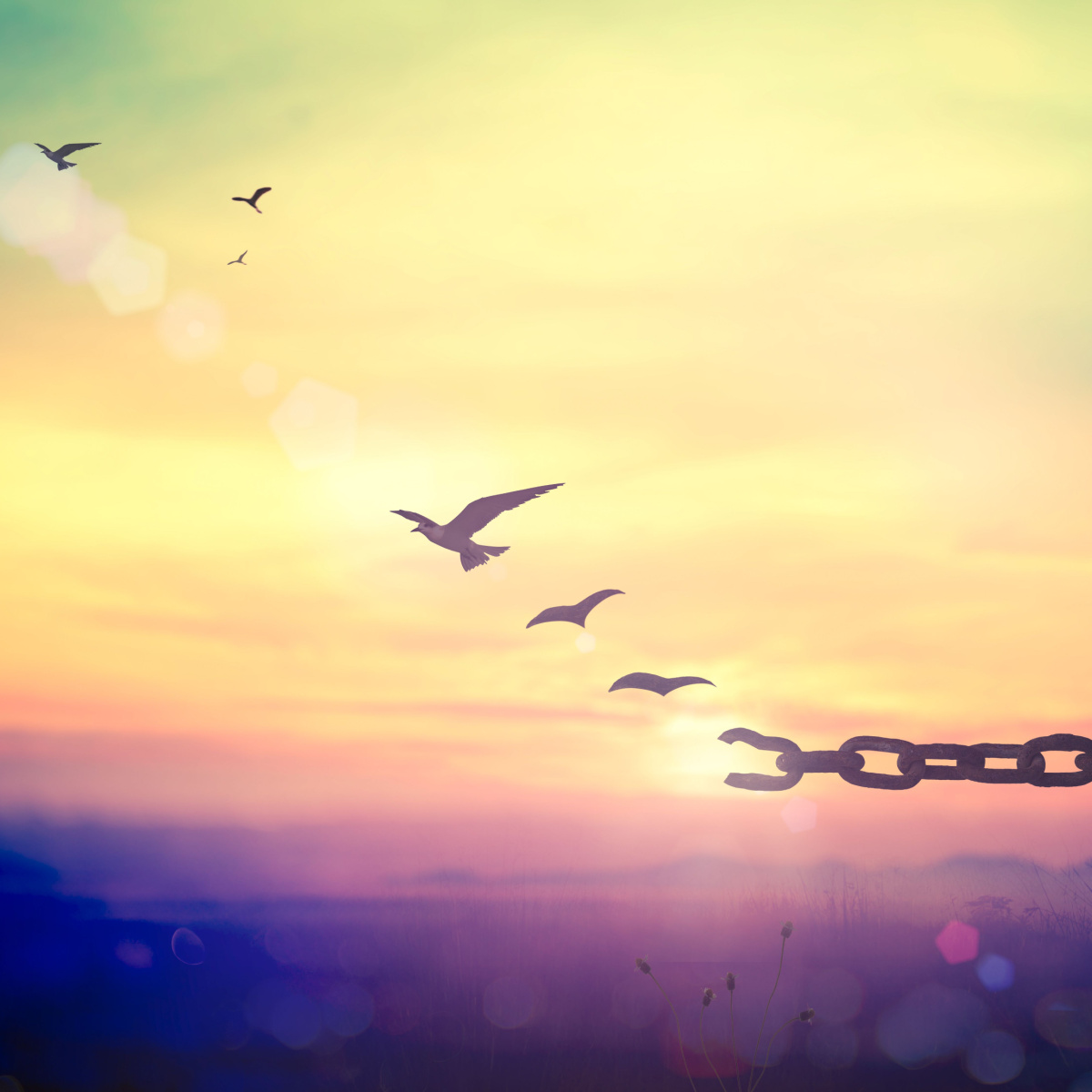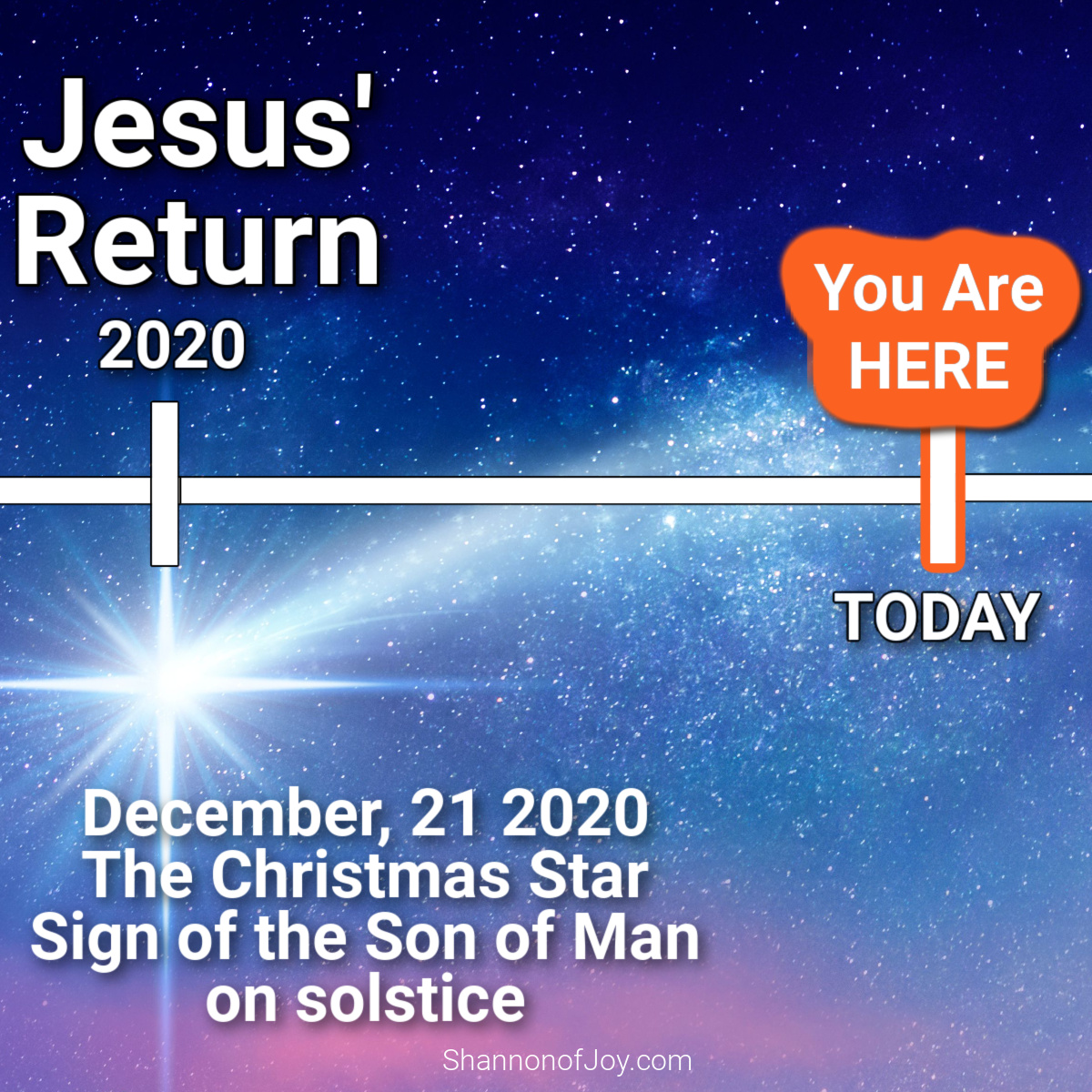The following writings are journal excerpts from summer 2010 AD/CE,
during a time when my fundamentalist Christian belief system had almost fully deconstructed*
and I was living a solitary contemplative life in mystical communion with God
in the name of Jesus Christ.
“I started thinking about all this… If in January I had faith at least the size of a mustard seed that I’d be able to heal people and perform miracles, and if in early February I had enough faith I was willing to give up everything I wanted most in life to walk solely on God’s path for me… it seems there are truly stages of faith, and perhaps, a progression of sorts as one goes onward in spiritual development, growing closer to God.
I dug into the scriptures, and sure enough, this concept was confirmed in Ephesians 4:13-15:
“…Then we will be grown up in the faith. We will receive everything that Christ has for us. We will no longer be babies in the faith. We won’t be like ships tossed around by the waves. We won’t be blown here and there by every new teaching. We won’t be blown around by the cleverness and tricks of people who try to hide their evil plans. Instead, we will speak the truth in love. We will grow up into Christ in every way.”
Exploring, I continued beyond the Bible, and came across an online discussion regarding a book by Janet O. Hagberg and Robert A. Guelich, The Critical Journey, Stages in the Life of Faith, wherein the authors discuss their model of faith development. That is, an individual person’s spiritual journey involves, “process, action, movement, change, experiences, stops and starts, variety, humdrum and surprises. For us a journey implies more than a quick trip from point A to point B.”
With a total of 6 stages of faith (spiritual) development to maturity, it was fascinating to learn most churches focus primarily on serving, and are best equipped with working with, people in the stages of 1 to 3, and most, if not all contemporary evangelical models top out at Stage 3.
It was reported that many people leave the church community once they reach Stage 4 since their are few to no programs or resources available that “fit” where they are in faith and they may begin to feel estranged when their faith (and spiritual community) no longer resonate.
Taking a deeper dive into the 6 stages of Hagberg & Guelich’s model: The first 3 stages are the “external journey” when our faith and spirituality take its expression most frequently in ways that are prescribed by a church, spiritual leader, book or set of principles.
Stage 1 is the discovery and recognition of God such as accepting God from childhood, religious experience, or conversion.
Then, Stage 2, is a time of learning and belonging typically within a community setting from spiritual leaders or religious writings.
“Now, we stumble upon a set of ideas, a belief system or a group of people who show us the light and answer our questions. It is such a big relief and feels so safe and secure – like a haven in a storm. And for now, that is what we need.”
Stage 3 begins the “productive life” which involves consciously serving God through one’s spiritual gifts. This becomes the “outlet” for the truths learned in the previous stage.
Transitioning to Stage 4 from Stage 3 is said to be almost always precipitated by a crisis that “shakes our strongly held beliefs or assumptions and we feel adrift on a restless sea, fending for ourselves. Our sense of God is shaken and we can find no new direction, only more questions.”
During this shift, for the first time faith does not seem to work. The person may feel remote, immobilized, unsuccessful, hurt, ashamed, or reprehensible. Neither faith nor God provide what the person needs to answer prayers, sooth and heal, change circumstances, or solve problems. It sets the stage for a crisis in faith.
“No one would choose this kind of experience on their own! Our aversion to stage 4 is increased because of the very real dangers that accompany this stage. Sometimes people drop off the journey totally at this point. Overwhelmed by pain or crises in our lives, we absolutely cut ourselves off from God.”
This Stage 4 begins the difficult and painful personal transformation and re-emerging that require a different level of discovered faith. It begins the inner healing stages for which the journey cannot be prescribed.
The journey inward begins with Stage 4, it “almost always comes as an unsettling experience yet results in healing for those who continue through it.”
During this stage, our former views of God are radically changed and the disruption can be so great that we feel like we are losing our faith or “betraying” loyalties. It is a time of questioning, exploring, falling apart, doubting, uncertainty, indulging in self-centeredness; and we often look hopeless to those around us.
The end of Stage 4 leading to the next involves an experience of “The Wall,” which is a “face-to-face experience with God and with our own will.” This wall is impossible to go over, around, or under. One can only go through it.
“The Wall experience is the place where… psychology and spirituality converge. Up to this point, one can be religious, spiritual, or fruitful and not be healed psychologically or vice versa.”
When we reach the wall we become “aware of all the lies we have accepted about ourselves.” We are forced to “face the truth” in order to move forward.
“The Wall invites us to integrate our spiritual selves with the rest of us. And that involves facing our own and others’ demons. We must face that which we fear the most, and that is why it is so unsavory, and why so many people only enter The Wall under duress.”
Only through self-acceptance and surrender to God’s will can one go “through” The Wall to deeper levels of spiritual growth.
“The power behind the transformation at The Wall is this: learn to embrace your whole story with loving, forgiving detachment.”
The person must accept one’s self with all of their wounds and imperfections and must also experience God’s love and acceptance in their weakness. At this wall, each person must fully and completely surrender to God’s will, even though they are still in the dark.
As Stage 5 begins, the inward journey begins to be directed back outward as the focus shifts with a new and grounded centering. The person has surrendered to God’s will fully in life but with eyes wide open, aware but now unafraid of the consequences. A new and rooted confidence that God loves them fully just as they are, in all of their imperfections.
Stage 5 then progresses to Stage 6, which is the last stage of this model, it is the life of love. God’s love is demonstrated through the person to “others in the world more clearly and consistently than we ever thought possible.”
By losing one’s self in God, God’s presence is experienced throughout all relationships. This means the person is now able to reach far beyond one’s own capacity and love fellow human beings with deep compassion.
The person in Stage 6 has become aware that the more of God they have, the less of everything else they need. The expression of love is selfless rather than needy, and things and people who may have previously been used as props (or idols) are no longer attachments.
The person loves without the need to be loved in return and one is able to fully embrace one’s true self, that of being eternally and fully loved by God.
Additional resources relating to these very concepts include the mansions/rooms of the soul as described by the mystic writer, Saint Teresa of Avila, and James Fowler’s Stages of Faith, in which I noted similarities to the model described above in the model of faith development.
Similar to Hagberg & Guelich, Fowler’s stages also include a crisis experience:
- Stage 0 – Primal Undifferentiated Faith (Birth to 2)
- Stage 1 – Intuitive-Projective Faith (Ages 3-7)
- Stage 2 – Mythic-Literal Faith (Ages 7-12)
- Stage 3 – Synthetic-Conventional Faith (Ages 12-adult)
- Stage 4 – Individuative-Reflective Faith (Ages mid-20’s to late 30’s)
- Stage 5 – Conjunctive Faith (mid-life crisis)
- Stage 6 – Universalizing Faith or “Enlightenment” (later adulthood)
In meditative contemplation, I then reflected upon experiences and events in my life over the years and realized I could pin point where I’d experienced each of the early stages of faith/spiritual development in succession.
In revelations, I noted where I was now was on the other side of The Wall—in the resolution of the “crisis”— out of desert, through the wilderness, and climbing the mountain towards “Universalizing Faith” and enlightenment (i.e., Biblically speaking: transformation with a mind and heart of Christ and one in God/one with God within, just as the verse in Ephesians described).
Although it gave me comfort to know what I’d experienced over the last 2 years was normal, truth be told: it would have been much more comforting to have known it was to be expected at the time when my life shattered into pieces and I was broken-hearted in suffering, utter despair, and desolation, at the end of my rope in faith, after having lost everything I believed in to be true… before I hit the beginning of “The Wall” in full force last year. Now I know, thanks be to God.
Always,
Shannon
PS, After this writing in summer 2010, transformation/rebirth/awakening into Stage 6 of universalizing faith (life of love) did not fully occur until over a year later in 2012. It was then, when the last vestiges of my religious beliefs and “who I once was” were crucified in complete psychic/ego death (see C.G. Jung’s work) in full acceptance of God’s love and of who I truly was inside (mistakes and all), going beyond where the edges of my Christian faith ended and the joy of true freedom “in Christ” began. The entire story is shared as a guide and support for all stages of development in The Gospel of Joy.
*raised Lutheran, attended multiple other denominations, including evangelical and charismatic churches, and others.
For more about The Gospel of Joy, click here, for more about Shannon, click here, to connect, click here, to return to the home page, click here.




2 thoughts on “Growing Up Into Christ, A Life of Universal Love: Stages of Faith”